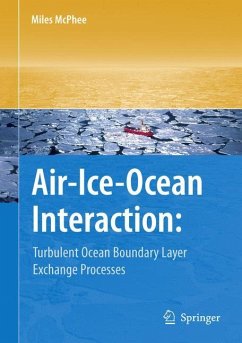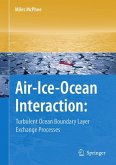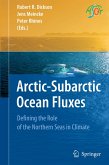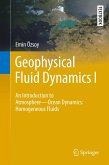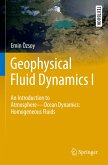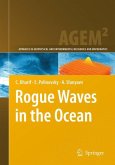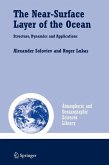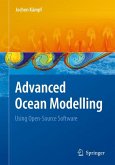At a time when the polar regions are undergoing rapid and unprecedented change, understanding exchanges of momentum, heat and salt at the ice-ocean interface is critical for realistically predicting the future state of sea ice. By offering a measurement platform largely unaffected by surface waves, drifting sea ice provides a unique laboratory for studying aspects of geophysical boundary layer flows that are extremely difficult to measure elsewhere. This book draws on both extensive observations and theoretical principles to develop a concise description of the impact of stress, rotation, and buoyancy on the turbulence scales that control exchanges between the atmosphere and underlying ocean when sea ice is present. Several interesting and unique observational data sets are used to illustrate different aspects of ice-ocean interaction ranging from the impact of salt on melting in the Greenland Sea marginal ice zone, to how nonlinearities in the equation of state for seawater affect mixing in the Weddell Sea.
The book's content, developed from a series of lectures, may be appropriate additional material for upper-level undergraduates and first-year graduate students studying the geophysics of sea ice and planetary boundary layers.
The book's content, developed from a series of lectures, may be appropriate additional material for upper-level undergraduates and first-year graduate students studying the geophysics of sea ice and planetary boundary layers.
From the reviews: "Air-Ice-Ocean Interaction will be a valuable reference for Artic and Antarctic researchers-be they observers, numerical modelers, or theoreticians. It will also be an excellent resource for the Earth sciences graduate students. ... His monograph would make a fine graduate-level companion text ... . Air-Ice-Ocean Interaction will provide students and researchers ... with the theoretical principles needed for rigorous investigations of ongoing and future polar climate processes and change." (Mary-Louise Timmermans, Physics Today, June, 2009)

